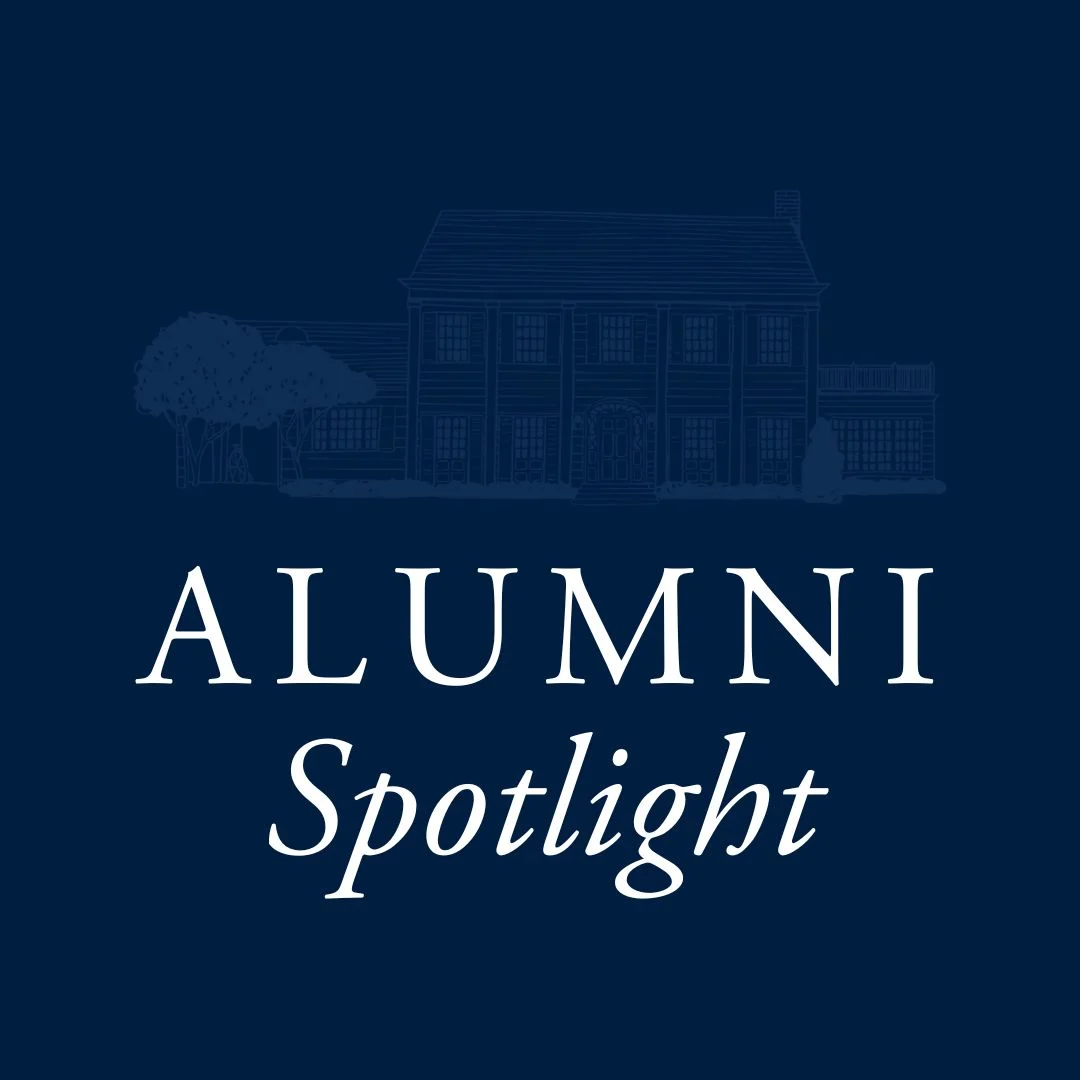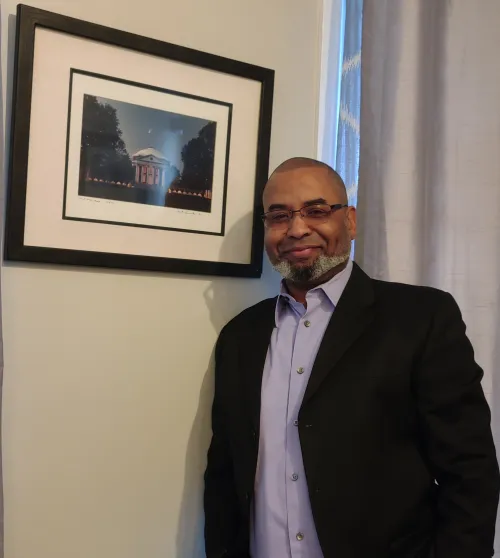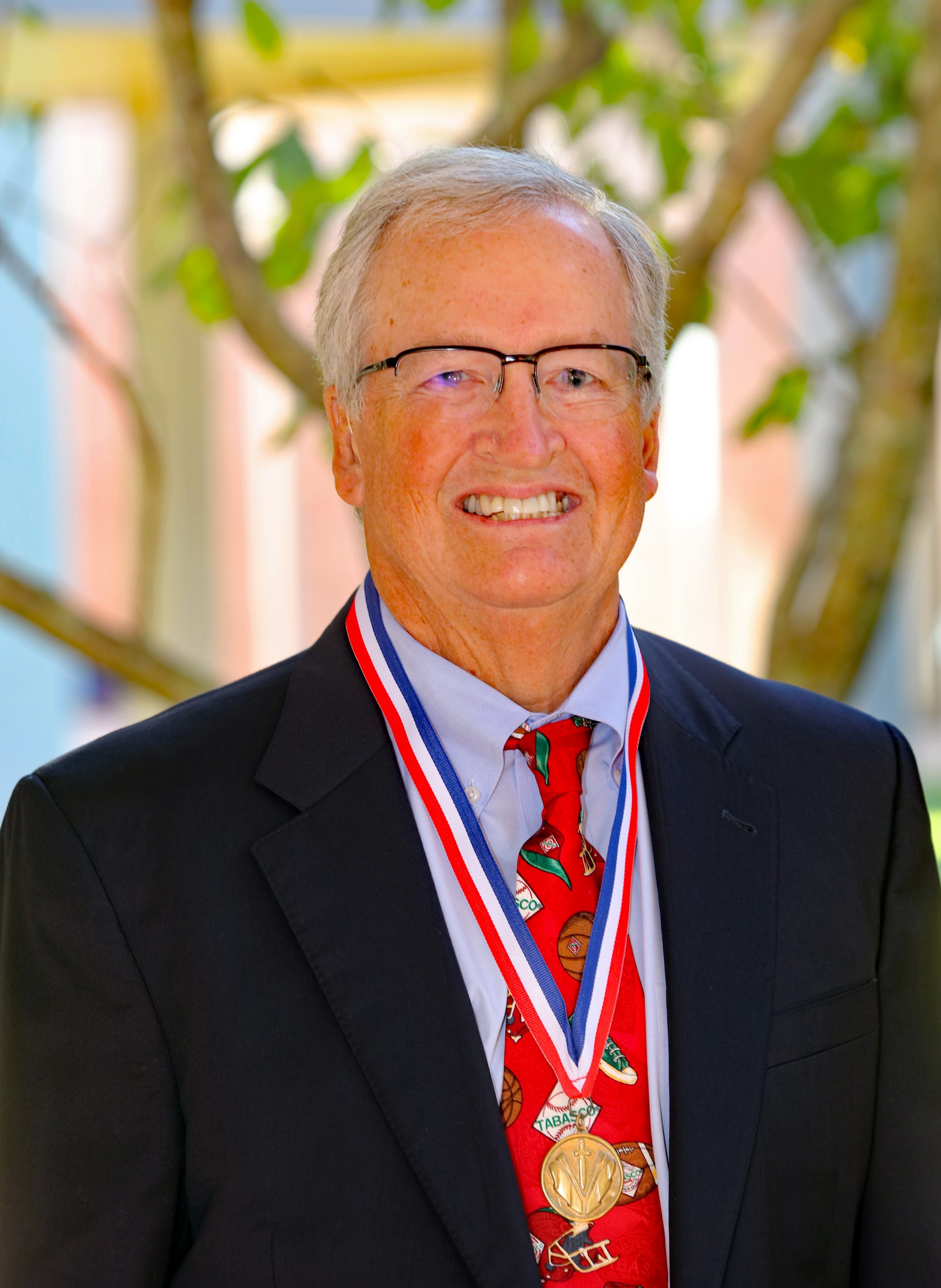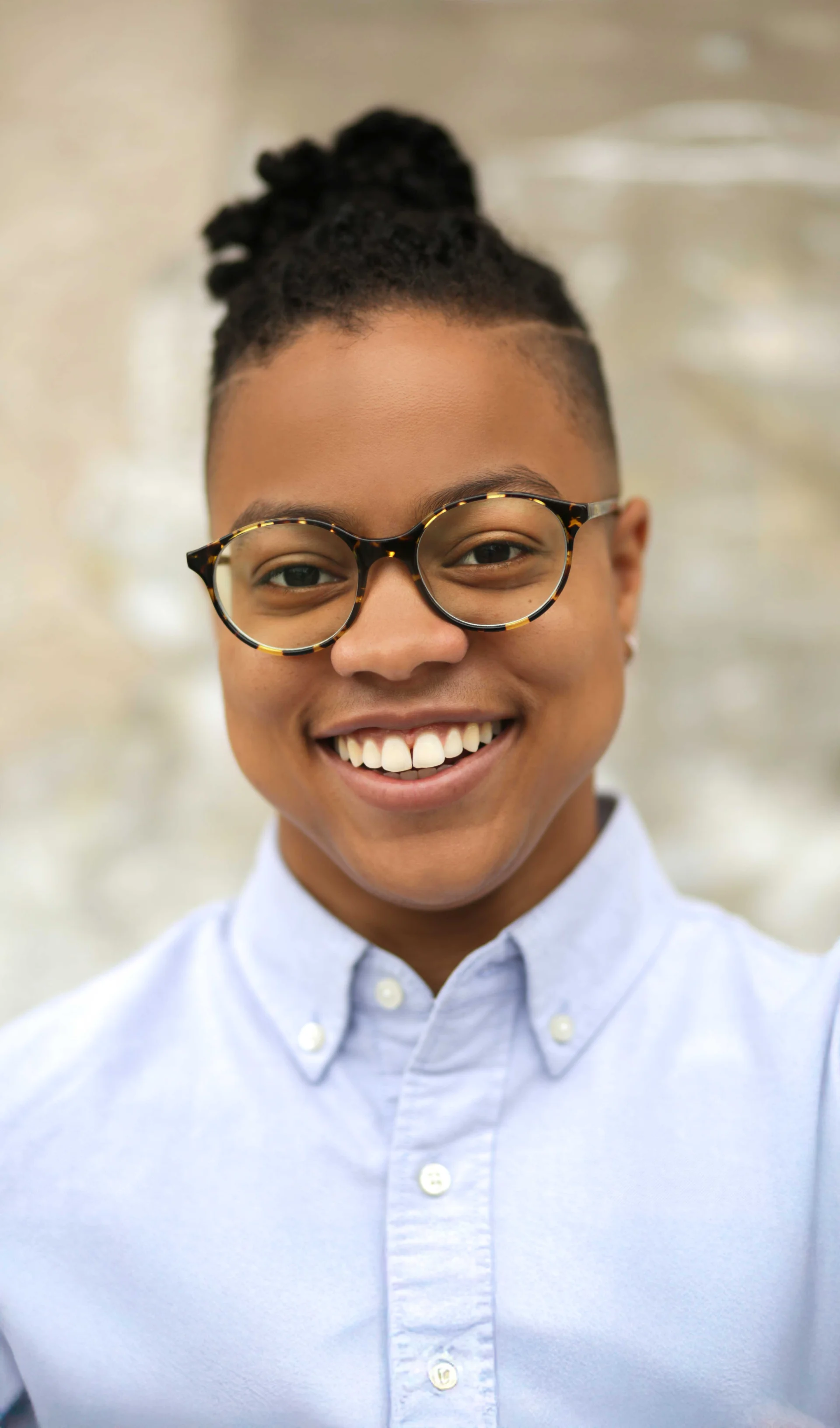-
About
- Welcome from the Head of School
- Mission & History
- Episcopal Identity
- Diversity, Equity, & Inclusion
- Facility Rentals
- Board of Trustees
- Faculty & Staff Directory
- Careers
- Contact Us
- StM News
- Admissions
-
Academics
- Academics Overview
- George Cottage
- Lower School
- Middle School
- Upper School
- Innovation + Design
- Fine Arts
- College Counseling
- Visiting Speakers, Authors, & Illustrators
-
Athletics
- Welcome from Athletic Director
-
Athletic Teams & Schedules
- Baseball
- Girls' Basketball
- Boys' Basketball
- Bowling
- Cheerleading
- Cross Country
- Football
- Golf
- Girls' Soccer
- Boys' Soccer
- Softball
- Swimming
- Volleyball
- Tennis
- Track and Field
- Facilities
- Athletic Calendar
-
Student Experience
- Student Experience Overview
- A Campus of Opportunity
- Class of 2025 Senior Spotlights
- Traditions
- Advisory Program
- Clubs & Activities
- Campus Services
- Student Support Services
- Technology
- Library
- Publications
- Tickets to StM Events
- Summer at StM
-
Giving
- Giving Online
- Why Giving Matters
- Ways to Give
- Annual Giving
- Special Events
- Planned Giving
- Legacy Societies
- Alumni
« Back
Alumni Spotlight: Morgan
July 14th, 2025
Morgan Augillard ’10
 Attended 3rd - 12th
Attended 3rd - 12th - B.A., Architecture, Smith College
- Master in City Planning, MIT
- Architectural Designer, Perez APC
- Senior Associate Director of Operations, Uncommon Schools
- Senior Director of Real Estate Development, KIPP NYC Public Charter Schools
- Senior Director of Innovation, PS wrx
When you think back to your days as a student at St. Martin’s, what first comes to mind?
I think it’s the closeness. I went to St. Martin's for 10 years. I started in third grade, and I’ve been talking with some friends and classmates recently and I just think that all of us were always doing so much, even in elementary school - we all were playing sports, we were all doing some sort of art, we were academically involved, you know, everyone was excelling somewhere, and we all knew each other. Everyone's families knew each other, even if you weren't super close friends with them.
I do love the fact that because we had a PK-12 campus, we have traditions to build that togetherness, like St. Martin’s Day, where we can actually see each other, see the other students, see other teachers, see the other parts of campus, and feel like the whole campus is yours, not just the classroom or the building you're in for that grade.
Which classes, teachers, and activities appealed to you most?
As a student, I gravitated a lot towards English in high school. Ms. Deckard was instrumental in taking English to the next level beyond just the foundational skills. High school felt like the time to explore and grow in your writing and form real interest in what you're reading. The Art classes and teachers - Mrs. Thomas, Mrs. Gamble, Mrs. Sauer, and Mrs. B - were huge for me as well. They helped me feel more confident in my artistic voice, which in turn made me feel more confident in other subjects and aspects of school. It was incredible to have the centralized arts buildings because it felt like I was part of the Arts community on campus - another community within the greater STM community.
How do you think your time at StM shaped the person you are today?
I loved that the service part of my time here was basically built into our daily schedule and our traditions, starting at a young age. We would look forward to working with Second Harvesters each year, for example, or you look forward to working with Habitat for Humanity. These opportunities allowed us to build that service muscle over the years, so it felt second nature when we were continuing our service projects throughout high school. I realized when I got older, in college, and then even after college, when your schedule changes and all of a sudden you realize I do have time, so you have to ask yourself, what can I do with my time?
When I lived in New York I coached a season of little league softball for girls aged 6-8; I didn't know them; I barely even lived in that part of the neighborhood, but I just wanted to do something, and it was a great experience because it combined some of those aspects of my St. Martin’s career - sports and volunteering - and the parents were just so appreciative.
How did your time at St. Martin's prepare you for college and beyond?
Mrs. Flanagan encouraged me to apply to small liberal arts schools. Knowing that I really thrived in this smaller community, she figured I would probably benefit from continuing in that way. So I ended up applying to Smith and then visited for Accepted Students Weekend in March, and absolutely fell in love with it to the point that I felt that I had to go there. To this day, I feel it’s one of the best decisions I've ever made.
Smith is special because it's a small school and it's a historically women's college, so to be in an environment that entirely catered to that part of my identity was invaluable. All the strength and confidence that I built up during my time at St. Martin's in high school - like being able to speak up in class, and not being afraid of doing well and excelling - had grown exponentially by the time I got to college, and then Smith compounded those skills.
What first attracted you to Architecture, and ultimately Urban Planning?
I have always been interested in art, but I didn't necessarily want to do it full-time and follow a fine arts route. I was also interested in science and math, and I was looking to combine design skills with technical skills as well. Architecture was a natural happy medium for me. Going to Smith was interesting because, for most people who know they want to go into architecture, they go to a five-year program and graduate with a BArch, which is the intro professional degree for architects. But since I went to a liberal arts college, I knew I wasn’t going to graduate with a BArch, but it was still great for me because with Smith's curriculum I got to essentially take whatever classes I wanted and still be able to fulfill my requirements, without being restricted to my architecture curriculum. This allowed me to study the social aspects of architecture and design, such as the philosophy behind what we build, who we build it for, who controls it, and who’s being excluded from this project. These kinds of lecture classes supported my more fundamental, technical architecture classes, and I loved those because they encouraged the type of “big picture thinking” that I just really appreciated.
I wasn’t necessarily thinking I’d work in New Orleans after graduation, but ironically, when I graduated, I ended up getting hired by a firm that's from New Orleans, Perez, APC which was hiring for a job in their Brooklyn office. The firm was interesting because it was doing Hurricane Sandy recovery work in NYC, so I worked on hurricane recovery projects, but not in New Orleans! After several years working at this architecture firm, I started to get the school bug again and I felt like I wanted to explore more of the social aspects of what I was interested in, which was city development and urban planning. What drew me to MIT is what some people might not know about the school - MIT has the oldest architecture school in the country. Beyond the sciences, technology, and computer sciences programs that it’s known for, MIT has an amazing humanities and liberal arts curriculum. I had an incredible experience; that program pulled people from just so many different backgrounds and parts of the world.
Talk about the journey that led you to urban planning, and specifically your work with designing schools.
Honestly, I think my own school experience - being one of the few Black students at St. Martin’s during my time there - and how it differed from other educational experiences in New Orleans is why I've become kind of obsessed with schools in a way. There’s an interesting mix of school types in the city - public schools, Catholic schools, and independent private schools - that are so reflective of the culture of New Orleans. I understand first-hand how the school you attend directly impacts your experience of the city, so all of those thoughts and ideas had always been swirling around for me. Eventually, the desire to work with schools just really started to clarify. St. Martin’s gave me such a solid foundation; ultimately, I don't know if I would have made all those connections if I hadn't gone to school here. It led me to try to find more reflections of myself in the things I was learning.
So today, my work is in educational real estate development and finance projects throughout the northeast, specifically New York City. During my post-grad, I developed a really specific interest in school development, so I made that my whole focus while I was in graduate school. I was thinking a lot about how schools impact communities and how so much of the growth of our cities in the United States has been built around school development. I wanted to dig deeper into understanding the history of schools in our country, where they’re located and why, who can and can't access them, how school development affects the greater community, and how district lines are drawn around schools.
Talk about St. Martin’s Episcopal identity and whether that was important to you as a student.
I attended Catholic school prior to St. Martin's, and I was actually just talking to a friend about how here, regardless of how I specifically practice my own faith, it was always such a welcoming community. I always felt like even those more spiritual traditions, like chapel or even Hot Cross Bun Day, became such rich traditions for me, regardless of whether it was part of my personal faith practice or not. It all felt so grounded in this community overall that you wanted to be a part of it.
St. Martin’s gave us a solid foundation in Christian ideology. Beyond just religious teachings, St. Martin’s provided a fundamental understanding of how The Bible and Christian iconography are woven into life in other parts of the world, art, and our culture in general. Additionally, we learned about other perspectives and faiths as well. Regardless of someone’s faith or personal practices, to me, this educational background is invaluable for understanding the world we live in.
Talk about the work you do now and what you find most rewarding about your job.
All of my work right now is with public charter schools. My team at PS wrx supports schools in all matters of building finance, development, and management. Over the years, I’ve had the opportunity to manage the development of over 200,000 SQ FT of educational space for various charter partners in New York. In general, during development, we work with schools to ensure the design and execution of the space fits both their curriculum needs and budgets. One of those projects was an incredibly fast build-out we did, starting with just a generic commercial building that we built out for a school space. That one was particularly wild because it was in the middle of COVID and we did it in four months, which is pretty unheard of!
I would say a more typical timeline would be a year and a half to three years from start to finish. Every time I'm doing these projects, I always have the St. Martin’s campus in my mind. It’s like I find myself trying to fit everything that's in this 18-acre campus into a little lot in New York. I’m always trying to think of how to get all of this programming, all these people, all of this spirit into every project. Each project, I have a moment of gratitude for this place, and I know we're going to work it out, and we're going to get as much as we can into these spaces, but I just am so grateful to have been able to have a campus that had all these great educational spaces plus open air and green spaces. All the things that we just take for granted, because St. Martin’s has always been like this. It's certainly not the standard for the average school in many places, and especially not in more congested cities.
The last project I wrapped up was a K-8 school building in the Bronx. I was there almost every day for two years. Once I finally saw all of the students in the building, all of the stresses to get there were worth it. Currently, I’m focused on a project that connects building financing with in-class financial education. This is a really exciting new product we’re working on to allow students and schools to be direct beneficiaries of community development. Most importantly, all of the work we do at PS wrx is in service of helping school partners understand the ways in which effective development and management of their buildings is integral to their ability to deliver excellent education to the students they serve. The satisfaction of seeing students in the building or when development concepts click for school leaders is what drives everyone on my team to do this work day in and day out. Because the thing is, as real estate and finance professionals, my team understands that public education is not the most lucrative sector that we could be working in. If we were just interested in money, we would be building skyscrapers for people we didn't know and didn’t care about. We choose to do this work because we understand how important it is to have people who are in these kids’ corners building them the best school that we could possibly deliver for them.
What advice do you have for our students, particularly those preparing for college?
I think the first thing is do not take the English department for granted, because it just becomes so immensely important the second college starts! Being able to read in high volume, break that information down quickly, write something coherent about it, and then be able to speak it to other people - that’s what it’s all about. Rightfully so, there's so much focus on math and science skills, but ultimately, being able to read, write, and talk - if you can master that, you can get almost any job you want! And for me, that absolutely started at St. Martin’s.
My fun piece of advice, especially for underclassmen or younger, is if you have the time, play a sport. It doesn’t matter if you’ve never played. You just never know, it might become something you end up loving and being really good at. I ended up running Track in college, and actually set a record at Smith, just because I did it on a whim in high school. Even though I played Basketball and Softball, Track and Field ended up being my best sport while I was here.
Lastly, just enjoy it. Just enjoy all of the St. Martin’s traditions because it’s what you’ll remember most after graduation.
Posted in the category Alumni Spotlight.
Other articles to consider
 Jun25Alumni Spotlight: Dr. Justin Jones '93
Dr. Justin Riley Jones ...See Details
Jun25Alumni Spotlight: Dr. Justin Jones '93
Dr. Justin Riley Jones ...See Details May1Alumni Spotlight: Rhett Kleinschmidt ’01 and Morgan Kleinschmidt ’10
For siblings Rhett ’0...See Details
May1Alumni Spotlight: Rhett Kleinschmidt ’01 and Morgan Kleinschmidt ’10
For siblings Rhett ’0...See Details Feb28Alumni Spotlight: Deon Brown ’90
Attended St. Martin...See Details
Feb28Alumni Spotlight: Deon Brown ’90
Attended St. Martin...See Details Dec27Alumni Spotlight: Dr. James Robinson ’75
Dr. James “Jimmy” R...See Details
Dec27Alumni Spotlight: Dr. James Robinson ’75
Dr. James “Jimmy” R...See Details
Categories
- Academic Excellence
- Alumni
- Alumni Spotlight
- Athletics
- Arts
- Authors & Speakers
- Community
- Episcopal Tradition
- Faith
- Faculty and Staff
- Innovation + Design
- Mission
- StM Traditions
- World Languages
- George Cottage
- Lower School
- Middle School
- Upper School
- Campus of Opportunity
- Love of Learning
- Student Support Services
- Parents
- Alumni Awards





